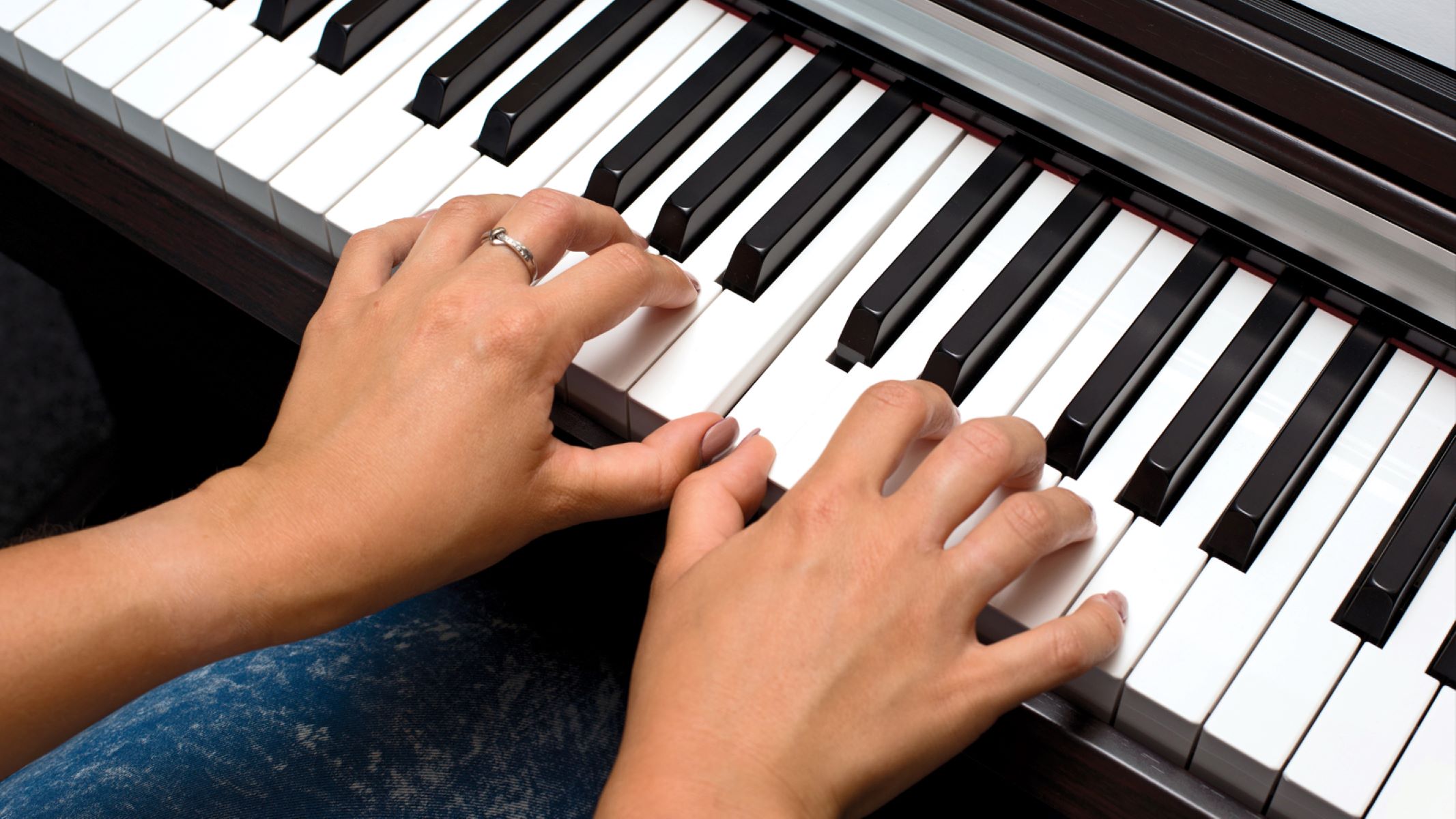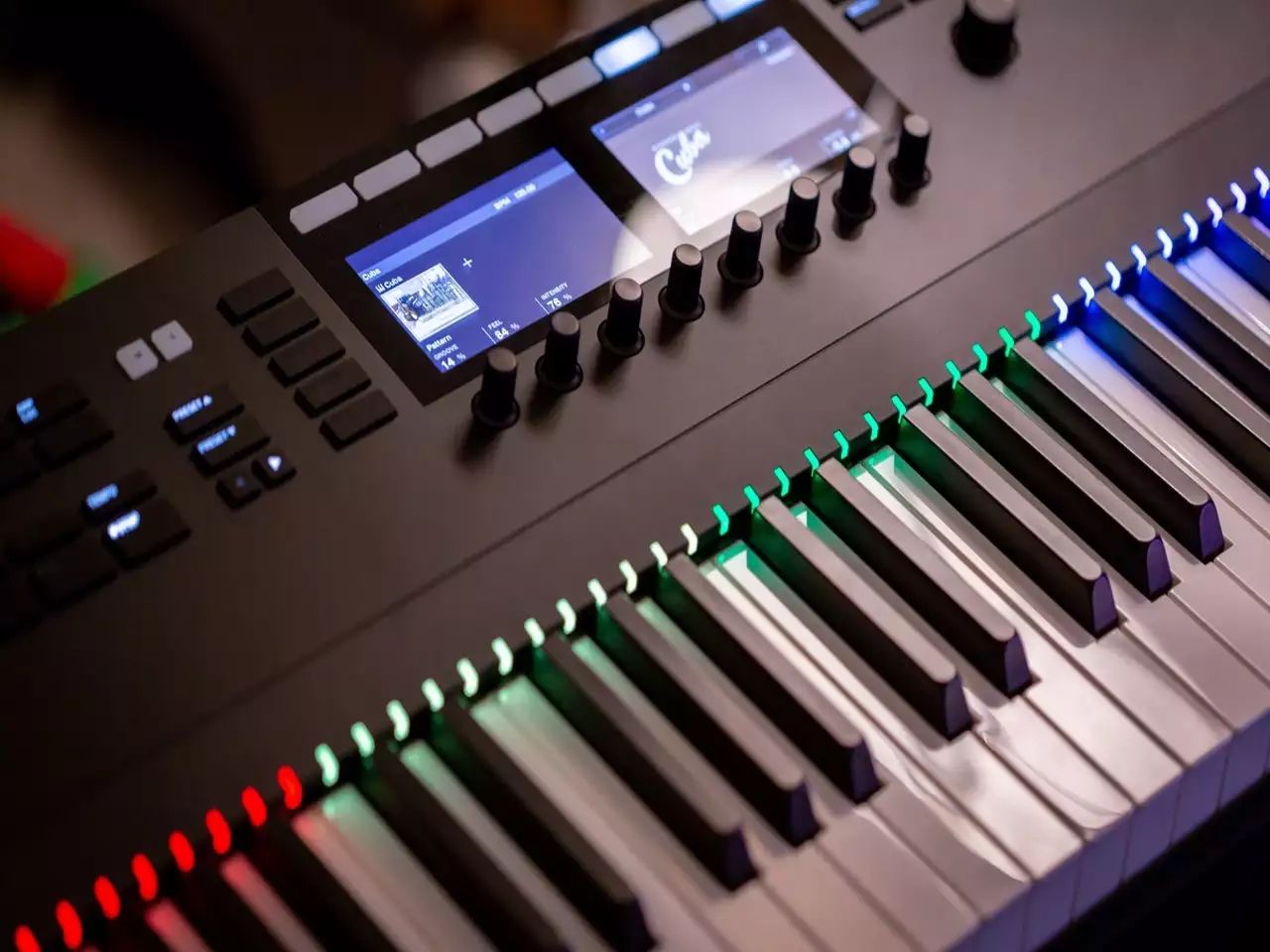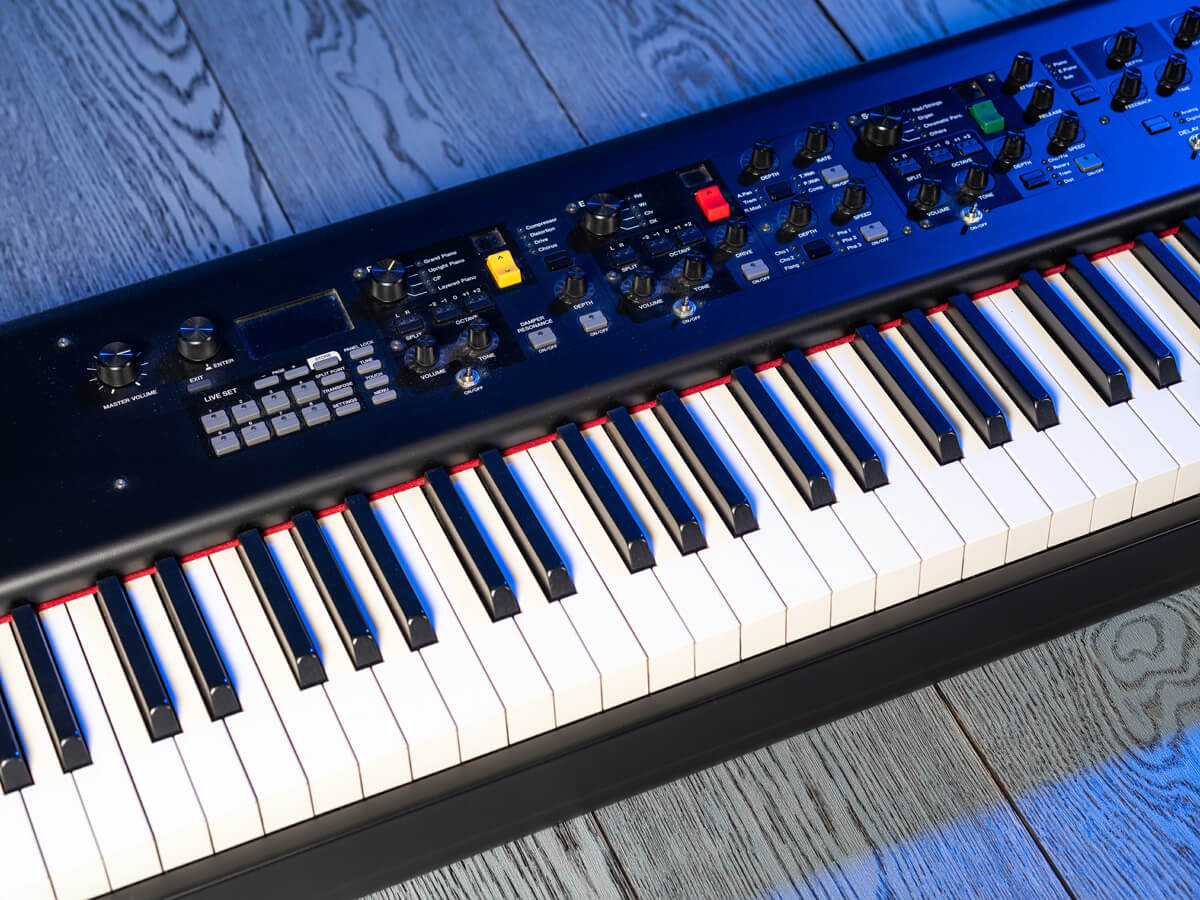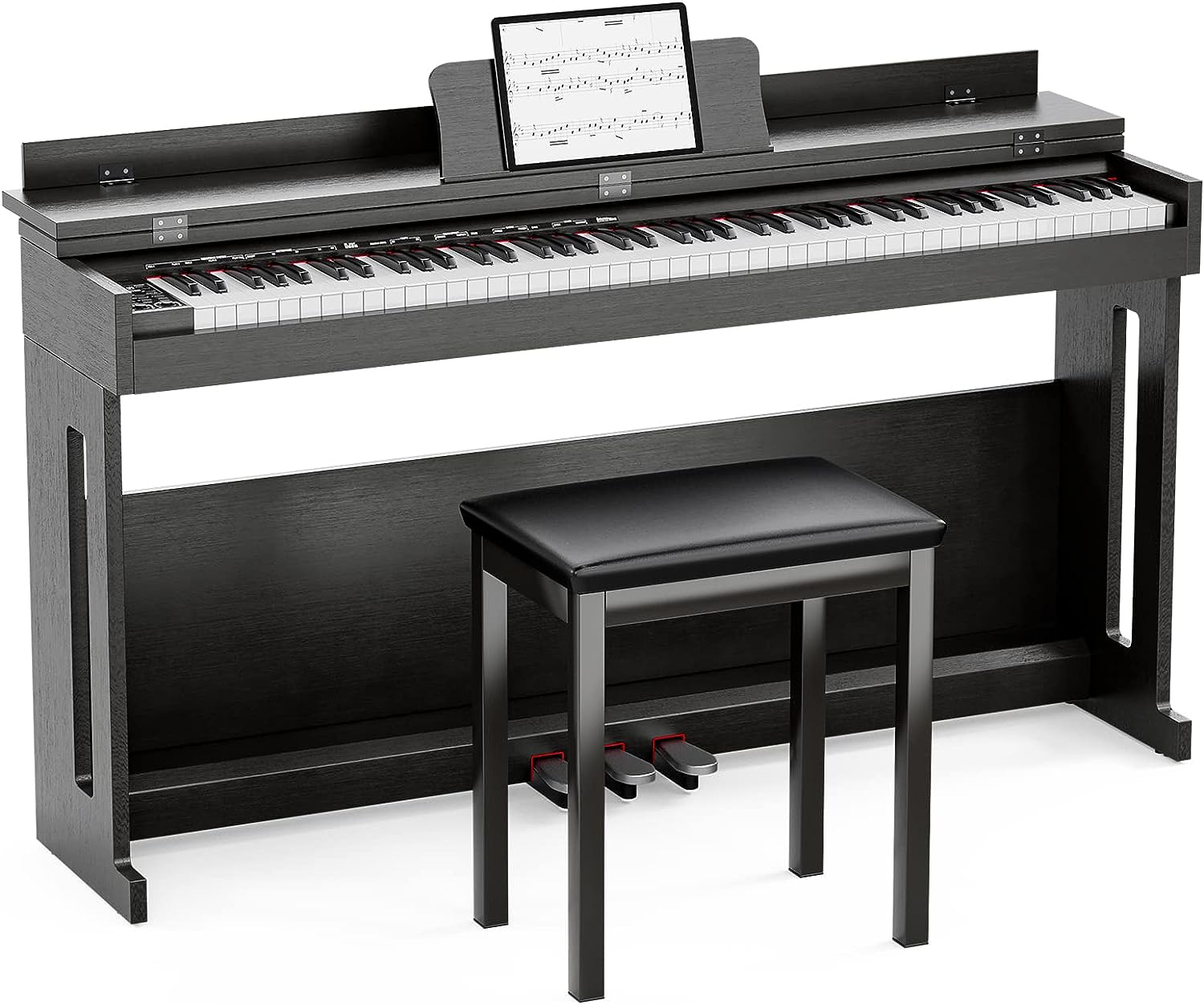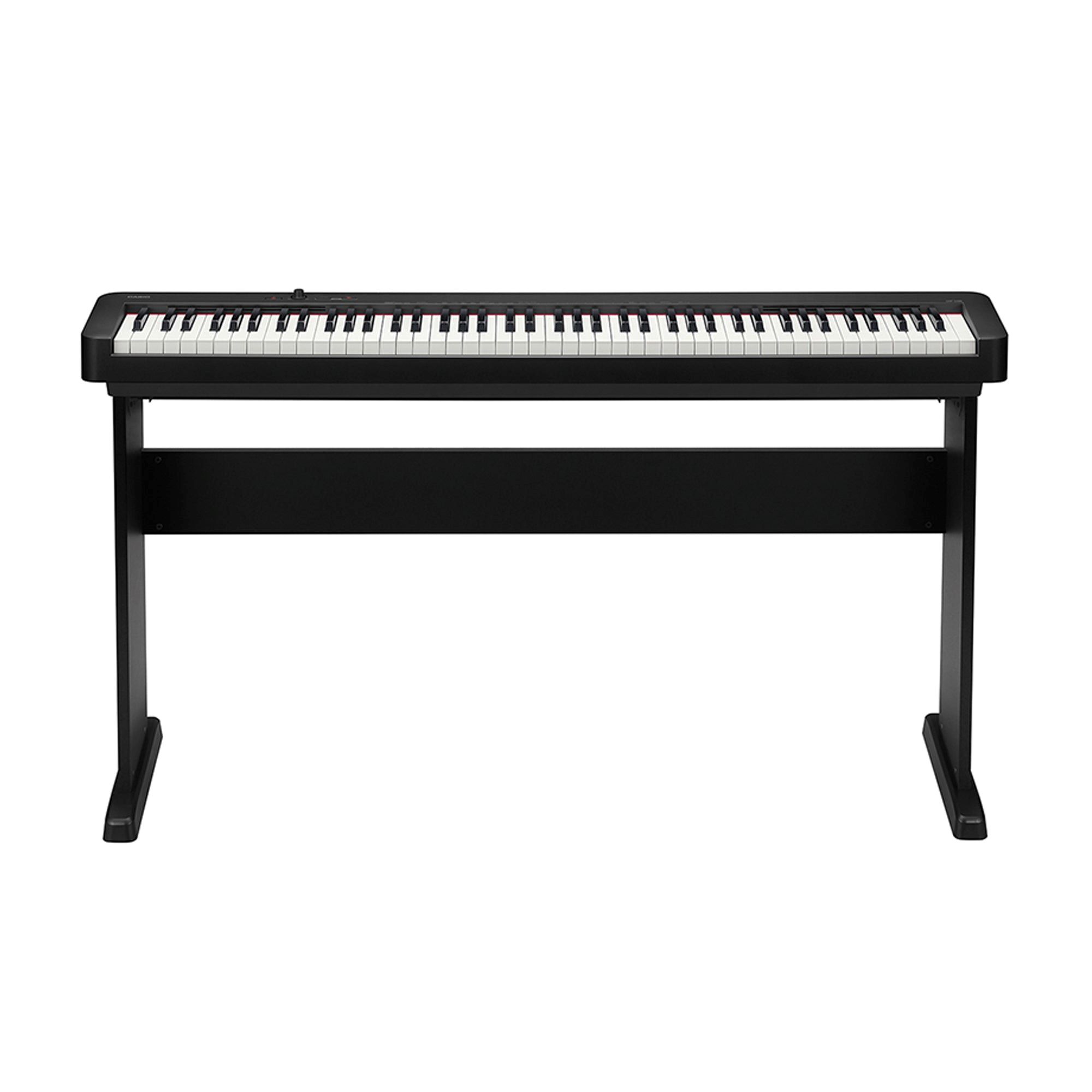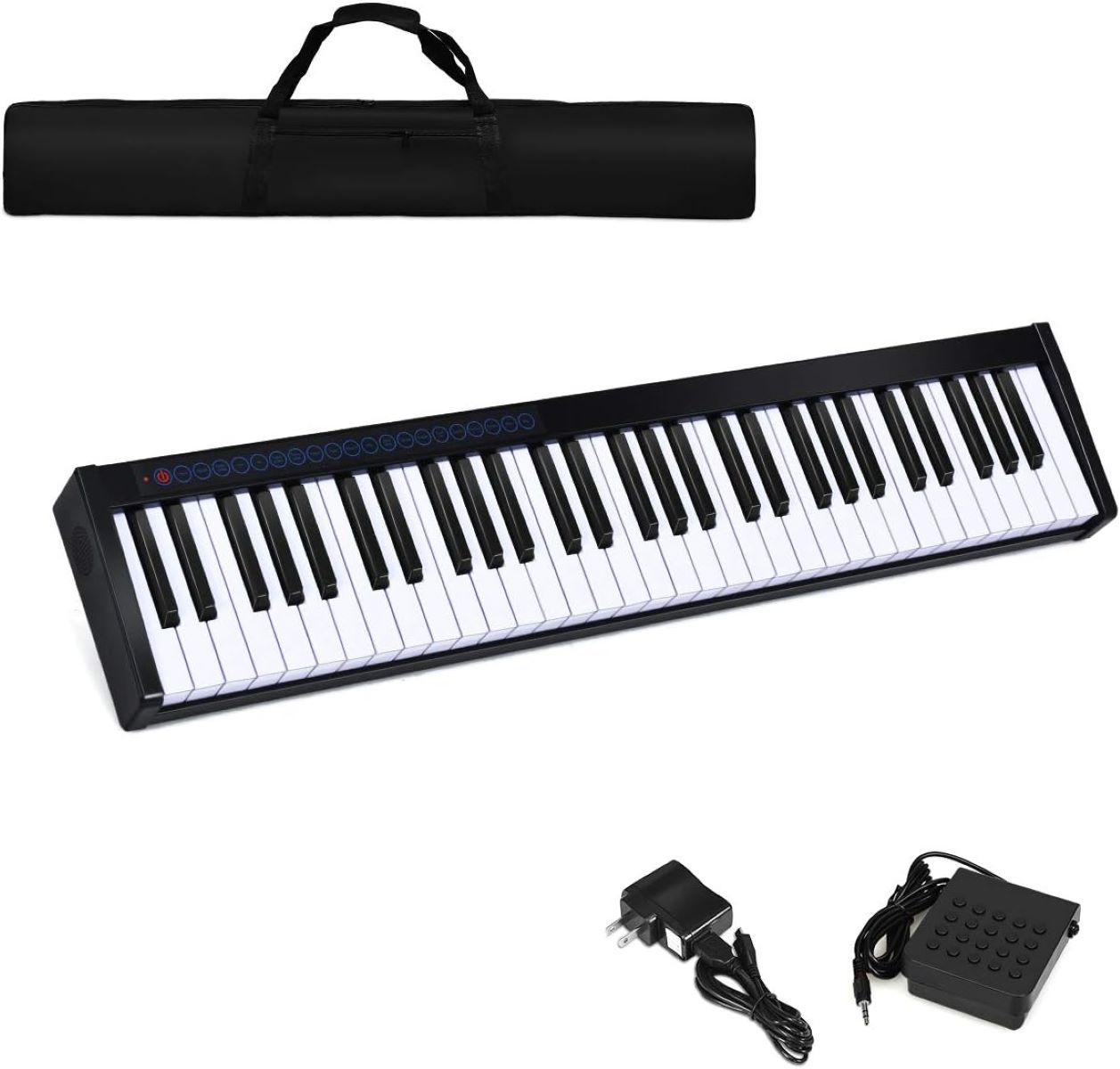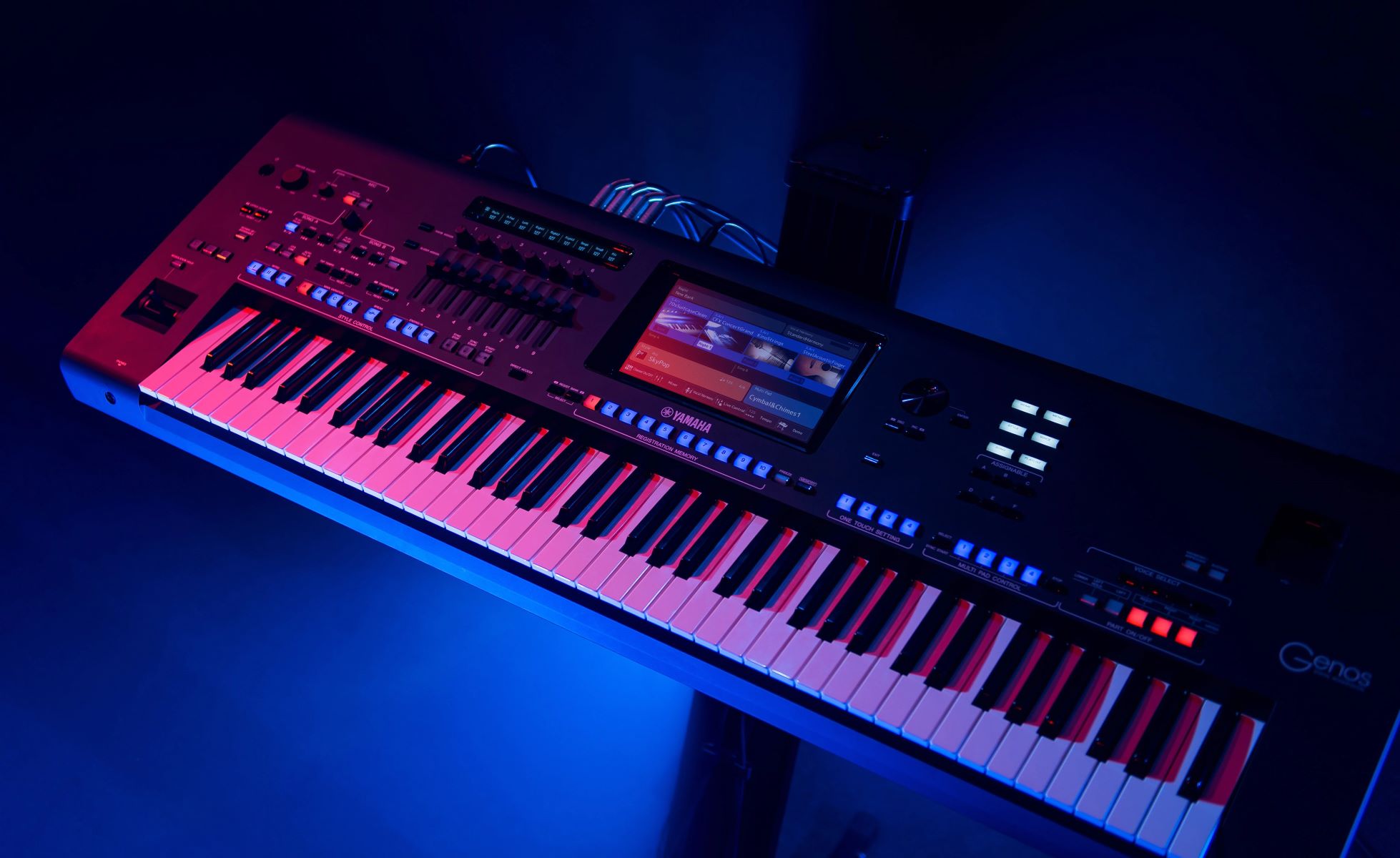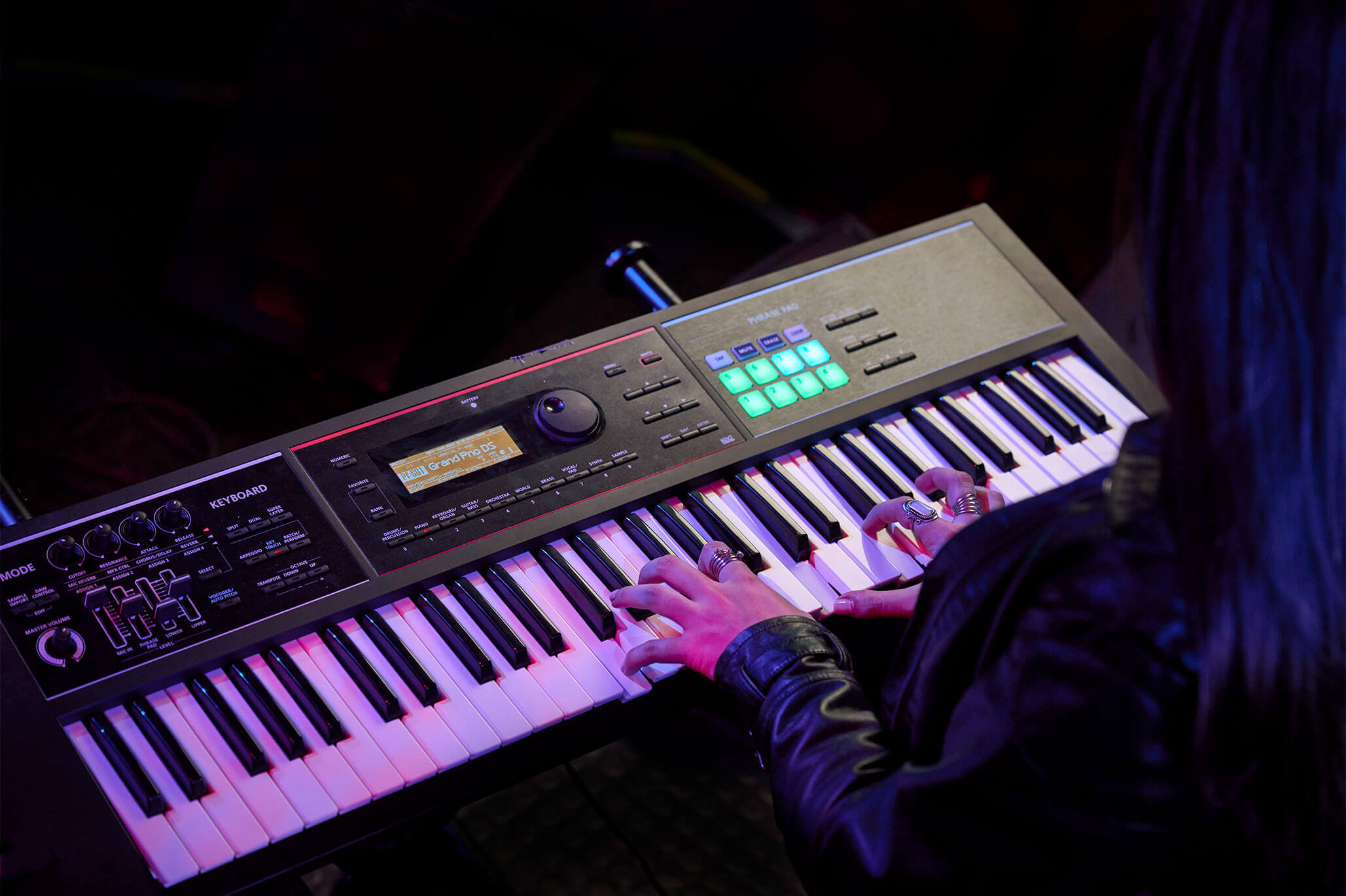Budget
When purchasing a used digital piano, setting a budget is the initial step in the decision-making process. Whether you’re a beginner, intermediate, or advanced player, there are options available at various price points. Consider how much you are willing to spend and what features are essential to you. Used digital pianos often offer significant cost savings compared to new ones, so it’s important to establish a realistic budget that aligns with your requirements.
It’s crucial to strike a balance between affordability and quality. While it’s tempting to opt for the cheapest option available, it’s important to remember that a higher-quality instrument can provide better sound, key action, and durability. Research the market to gain an understanding of the price range for used digital pianos. This will enable you to make an informed decision and negotiate effectively when making a purchase.
Keep in mind that additional expenses, such as accessories, maintenance, and potential repairs, should also be factored into your budget. Assess the total cost of ownership to ensure that your financial plan encompasses all associated expenses, allowing you to enjoy your instrument without unexpected financial strain.
Brand and Model
When considering the purchase of a used digital piano, the brand and model are pivotal factors that can significantly impact your playing experience. Reputable brands often have a history of producing high-quality instruments, and certain models may be renowned for their specific features and capabilities.
Researching the reputation of different brands and models is essential. Look for brands known for their reliability, sound quality, and durability. Additionally, consider the availability of replacement parts and the ease of finding a technician or repair service for the specific brand and model you are interested in.
It’s important to determine the features and specifications that are crucial for your playing style and musical preferences. Whether you prioritize authentic piano sound, versatile instrument voices, or advanced recording capabilities, different models offer varying features to cater to diverse needs.
Furthermore, some brands are celebrated for their innovative technology, such as realistic key action and touch response, which can greatly enhance the playing experience. Assessing the reputation and unique offerings of different brands and models will guide you in making an informed decision and selecting a used digital piano that aligns with your musical aspirations.
Condition
Assessing the condition of a used digital piano is paramount when making a purchase. The instrument’s physical state, including its exterior, keys, pedals, and internal components, can significantly influence its performance and longevity. Scrutinizing the condition of the instrument allows you to make an informed decision and avoid potential issues that may arise from neglect or wear and tear.
Begin by examining the exterior of the digital piano for any signs of damage, such as scratches, dents, or discoloration. While cosmetic imperfections may not affect the instrument’s functionality, they can impact its overall aesthetic appeal and resale value.
Next, evaluate the keys and their responsiveness. Check for any sticking keys, unusual noises, or uneven key action. Consistent and smooth key action is essential for an enjoyable playing experience. Additionally, test the pedals to ensure they operate seamlessly and produce the intended effects.
Internally, inspect the electronic components and connections to identify any potential issues. Look for signs of corrosion, loose wires, or malfunctions in the display, buttons, and ports. A thorough assessment of the internal electronics is crucial for identifying any underlying issues that may require attention.
If possible, request to play the digital piano to gauge its sound quality and overall performance. Pay attention to the clarity, richness, and consistency of the sound across the instrument’s range. Any distortion, static, or irregularities in sound output should be carefully noted.
Lastly, inquire about the instrument’s maintenance history. Understanding how the previous owner cared for the digital piano, including regular tuning, cleaning, and servicing, provides valuable insights into its overall condition and the level of care it has received.
By meticulously evaluating the condition of a used digital piano, you can make an informed decision and ensure that the instrument meets your expectations in terms of performance, reliability, and longevity.
Sound Quality
When purchasing a used digital piano, evaluating the sound quality is a critical aspect of the decision-making process. The ability of the instrument to produce authentic, expressive, and dynamic sounds is essential for creating a captivating musical experience. Whether you’re a classical pianist, a contemporary performer, or a music enthusiast, the sound quality of the digital piano plays a pivotal role in your overall satisfaction.
Begin by listening to the instrument across its entire range. Pay attention to the richness, clarity, and depth of the sound produced by each note. A high-quality digital piano should offer a wide dynamic range, allowing for nuanced expression and tonal variation.
Consider the authenticity of the piano sound. Many digital pianos aim to replicate the sound of a traditional acoustic piano, and the degree of realism can vary significantly between models. Assess the authenticity of the piano sound by comparing it to that of an acoustic instrument, focusing on the resonance, timbre, and sustain of the notes.
Furthermore, explore the instrument’s versatility in producing different instrument voices and tones. Digital pianos often offer a wide array of instrument sounds, from strings and brass to electronic synthesizer tones. Evaluate the diversity and quality of these additional voices to ensure that the instrument aligns with your musical versatility and creative exploration.
Assess the sound output through the instrument’s speakers or headphone output. The quality and clarity of the sound should remain consistent, free from distortion, noise, or inconsistencies. Additionally, the instrument’s ability to reproduce complex and layered compositions with precision and fidelity is a testament to its sound quality.
Ultimately, the sound quality of a used digital piano should resonate with your musical sensibilities and aspirations. By carefully evaluating the instrument’s sound characteristics, you can ensure that it not only meets your current needs but also inspires your musical journey for years to come.
Key Action and Touch Response
The key action and touch response of a digital piano are fundamental components that directly impact the player’s connection to the instrument and the overall playing experience. When considering the purchase of a used digital piano, evaluating the key action and touch response is crucial for assessing the instrument’s responsiveness, expressiveness, and suitability for different playing styles.
Begin by examining the key action, which refers to the mechanism by which the keys respond to touch. Different digital pianos employ various key action technologies, such as weighted, semi-weighted, or hammer action. Weighted keys simulate the feel of an acoustic piano, offering resistance and responsiveness that mimic the experience of playing a traditional instrument. Semi-weighted keys provide a balance between resistance and agility, catering to a broader range of musical genres and playing techniques. Hammer action keys replicate the mechanism of hammers striking strings in an acoustic piano, delivering a highly authentic and nuanced playing experience.
Assess the consistency of the key action across the entire keyboard. Each key should offer uniform resistance and response, ensuring that your playing dynamics are accurately translated into expressive musical output. Additionally, test the instrument’s sensitivity to subtle variations in touch, from gentle keystrokes to powerful accents, to gauge its ability to convey musical nuances effectively.
Furthermore, evaluate the touch response of the digital piano, which pertains to the instrument’s ability to interpret and convey the player’s dynamics and articulation. A high-quality touch response ensures that the instrument accurately reproduces the player’s intentions, whether it involves delicate phrasing, rapid passages, or sustained legato playing.
Consider your playing preferences and musical repertoire when assessing the key action and touch response. Whether you prioritize classical repertoire, contemporary pop, jazz improvisation, or a combination of genres, the key action and touch response should align with your specific musical requirements and playing techniques.
By carefully evaluating the key action and touch response of a used digital piano, you can select an instrument that not only resonates with your musical sensibilities but also provides a responsive and expressive platform for your artistic expression.
Features and Functions
When considering the purchase of a used digital piano, exploring its features and functions is essential for identifying the capabilities that align with your musical aspirations and playing requirements. Digital pianos offer a diverse range of features and functions, catering to various playing styles, performance settings, and creative possibilities.
Begin by assessing the instrument’s core features, such as the number and variety of instrument voices available. Digital pianos often incorporate an extensive selection of instrument sounds, including grand piano, electric piano, organ, strings, and more. The diversity and quality of these voices can enhance your musical versatility and creative exploration.
Furthermore, investigate the presence of additional features, such as built-in metronomes, recording capabilities, and accompaniment styles. These functions can facilitate practice sessions, composition, and performance, offering valuable tools for honing your skills and expanding your musical horizons.
Consider the presence of connectivity options, including USB ports, MIDI connectivity, and audio inputs/outputs. These features enable the digital piano to interface with external devices, such as computers, music software, amplifiers, and recording equipment, expanding its utility and integration within a modern musical setup.
Assess the presence of educational features, such as learning modes, lesson functions, and interactive tutorials. These tools are particularly beneficial for beginners and students, providing structured guidance, feedback, and practice exercises to support skill development and musical growth.
Additionally, explore the presence of performance-oriented features, including split and layer functions, pedal assignments, and customizable settings. These capabilities can enhance your expressive possibilities during live performances, studio recordings, and collaborative music-making endeavors.
Ultimately, the features and functions of a used digital piano should complement your musical objectives and playing style, offering a versatile and inspiring platform for artistic expression and creative exploration.
Connectivity
Assessing the connectivity options of a used digital piano is crucial for understanding its compatibility with external devices, integration within a modern musical setup, and potential for creative exploration and performance enhancement.
Begin by examining the presence of USB ports, which enable the digital piano to connect to computers, tablets, and other electronic devices. USB connectivity facilitates seamless integration with music software, allowing for recording, editing, and playback capabilities. Additionally, USB connectivity can enable firmware updates and data transfer, ensuring that the digital piano remains current and adaptable to evolving technological standards.
Explore the availability of MIDI connectivity, which allows the digital piano to communicate with other MIDI-compatible instruments, controllers, and recording equipment. MIDI connectivity expands the instrument’s versatility, enabling it to function as a controller for virtual instruments, a sequencer for music production, and a collaborative tool for ensemble performances.
Assess the presence of audio inputs and outputs, including headphone jacks, line outputs, and audio inputs for connecting external audio sources. These connections facilitate private practice sessions, audio monitoring, and the integration of external audio sources, such as music players and sound modules, enriching the digital piano’s sonic capabilities and creative potential.
Furthermore, investigate the availability of Bluetooth connectivity, which allows the digital piano to wirelessly interface with compatible devices, such as smartphones, tablets, and Bluetooth-enabled audio systems. Bluetooth connectivity can streamline the process of audio streaming, app integration, and wireless control, enhancing the instrument’s accessibility and functionality within contemporary music environments.
Consider the presence of networking capabilities, such as Wi-Fi connectivity, which can enable the digital piano to access online resources, software updates, and cloud-based music services. Wi-Fi connectivity expands the instrument’s connectivity and access to a wealth of digital content, educational resources, and collaborative platforms.
By thoroughly evaluating the connectivity options of a used digital piano, you can ensure that the instrument aligns with your technological preferences, creative workflow, and integration requirements, offering a versatile and adaptable platform for musical expression and exploration.
Size and Portability
When contemplating the acquisition of a used digital piano, considering its size and portability is essential, particularly if mobility and space constraints are influential factors in your decision-making process. The physical dimensions and weight of the instrument can significantly impact its suitability for various environments, such as home studios, performance venues, and collaborative settings.
Assess the overall dimensions of the digital piano, including its length, width, and height. Consider the available space in your intended location and ensure that the instrument’s size aligns with your spatial requirements. Compact digital pianos are well-suited for smaller living spaces and travel, while larger models may be more suitable for dedicated music rooms and performance stages.
Evaluate the weight of the digital piano, as it directly influences its portability and ease of transportation. Lightweight models are advantageous for musicians who frequently perform at different locations or require the flexibility to reposition the instrument within their living or working spaces. Conversely, heavier digital pianos may offer enhanced stability and a more substantial, resonant presence.
Consider the presence of built-in carrying handles, detachable stands, or optional accessories that facilitate the safe and convenient transportation of the digital piano. These features can simplify the process of relocating the instrument and ensure that it remains secure and protected during transit.
Furthermore, assess the instrument’s adaptability to different performance and practice settings. Whether you intend to use the digital piano for solo performances, ensemble rehearsals, or collaborative music-making, its size and portability should align with the diverse contexts in which you plan to utilize the instrument.
Ultimately, the size and portability of a used digital piano should harmonize with your lifestyle, musical pursuits, and practical considerations, providing a versatile and accommodating instrument that seamlessly integrates into your creative and personal spaces.







